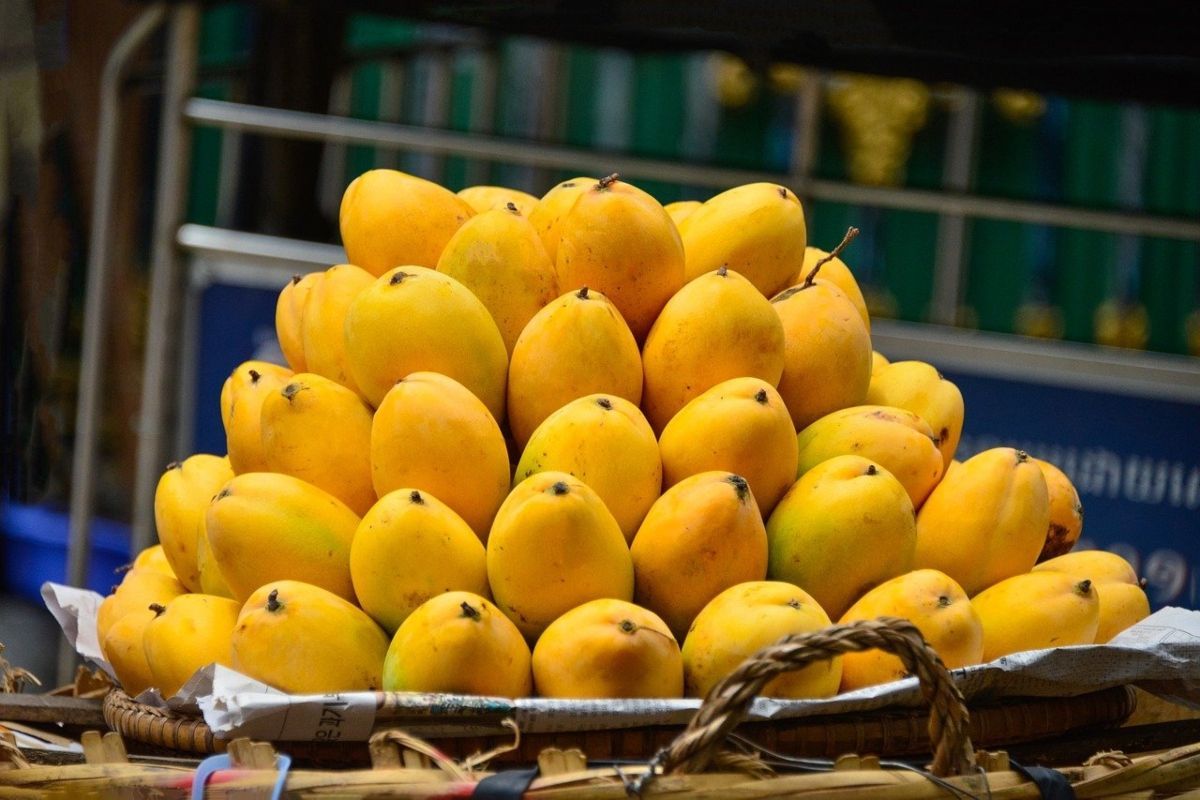

Articles
How To Store Mangoes
Modified: March 26, 2024
Learn the best techniques for storing mangoes and keeping them fresh for longer. Read our articles for tips on how to properly store mangoes and enjoy their sweet flavor all year round.
(Many of the links in this article redirect to a specific reviewed product. Your purchase of these products through affiliate links helps to generate commission for Storables.com, at no extra cost. Learn more)
Introduction
Welcome to the world of mangoes, the tropical fruit beloved for its sweet and juicy taste. The mango season brings an abundance of these delectable fruits, and as a mango lover, you may find yourself with a surplus. So, how can you make your mangoes last longer and enjoy their succulent flavor even after the season ends?
In this article, we will dive into the various methods of storing mangoes to extend their shelf life and preserve their freshness. Whether you have mangoes from your own tree, bought them from a local market, or received them as a gift, the right storage techniques will help you savor the sweetness for longer.
From choosing the right mangoes to preparing them for storage, we will explore the options of storing mangoes at room temperature, in the refrigerator, and even freezing them. Along the way, we will provide tips and tricks to ensure the best possible results.
So, are you ready to unlock the secrets of mango storage? Let’s delve into the world of preserving this beloved tropical fruit.
Key Takeaways:
- Choose ripe, firm mangoes with vibrant color and sweet aroma for extended shelf life. Properly prepare and store at room temperature or in the refrigerator to savor the succulent flavor.
- Freeze ripe mangoes for up to six months to enjoy their tropical sweetness year-round. Follow storage tips to maintain freshness and indulge in delicious mango treats.
Read more: How To Store Mango
Choosing the Right Mangoes
When it comes to storing mangoes, the first step is to choose the right ones. Picking ripe and high-quality mangoes will not only enhance the flavor but also increase their shelf life.
Here are some tips for selecting the best mangoes:
- Appearance: Look for mangoes that have a vibrant and rich color. The skin should be smooth and free from any blemishes or bruises.
- Firmness: Gently press the mango with your fingers. It should yield slightly but not be too soft. The right degree of firmness indicates that the mango is ripe and ready to be stored.
- Aroma: Take a whiff of the mango near the stem end. A fragrant and sweet aroma is a good sign of a ripe mango.
- Variety: Different mango varieties have varying flavors and textures. Experiment with different types to find your favorite.
It is important to note that mangoes continue to ripen after being harvested. So, if you prefer to consume them when they are fully ripe, you can choose mangoes that are slightly unripe and allow them to ripen at home before storing them.
By selecting high-quality and properly ripened mangoes, you lay the foundation for successful mango storage and enjoy the sweet taste of these tropical treats for an extended period of time.
Preparing Mangoes for Storage
Before you proceed with storing your mangoes, it is essential to properly prepare them. This step ensures that the mangoes remain fresh and maintain their juicy texture for as long as possible.
Follow these steps to prepare your mangoes for storage:
- Wash and dry: Start by washing the mangoes under cool running water. Gently scrub the skin to remove any dirt or debris. Once washed, pat them dry with a clean towel. This step helps remove any contaminants that may accelerate spoilage.
- Remove stems and leaves: Trim off the stems and any leaves attached to the mangoes. This helps prevent moisture loss and gives the mangoes a neater appearance.
- Inspect for bruises: Examine each mango carefully to identify any bruised or damaged areas. These spots can lead to faster spoilage, so it is best to remove any affected portions with a sharp knife.
- Peel or slice (optional): Depending on your preference, you can choose to peel the mangoes or slice them before storage. Peeling is recommended if you plan to use the mangoes for purees or recipes requiring peeled fruit. On the other hand, slicing the mangoes can make it easier to enjoy them as a snack or in salads.
It is important to handle mangoes gently during the preparation process to avoid causing any damage to the delicate fruit. Once the mangoes are properly cleaned and trimmed, they are ready to be stored using the method that suits you best.
Remember, proper preparation is key to maintaining the quality of the mangoes throughout their storage period. Taking the time to prepare them carefully will reward you with delicious and fresh mangoes whenever you’re craving a tropical treat.
Storing Mangoes at Room Temperature
If you plan to consume your mangoes within a few days and want them to ripen further, storing them at room temperature is the way to go. This method allows the mangoes to continue ripening and develops their sweet flavor and soft texture.
Follow these steps to store mangoes at room temperature:
- Choose a cool and dry spot: Find a location in your home that is away from direct sunlight and heat sources. A countertop or pantry shelf works well for this purpose.
- Arrange mangoes for optimal air circulation: Place the mangoes in a single layer on a breathable surface, such as a paper towel or an open-mesh basket. Avoid overcrowding the mangoes, as it can lead to accelerated ripening and potential bruising.
- Check regularly for ripeness: Monitor the mangoes daily to assess their ripeness. Gently press the mangoes with your fingers to feel for softness. Once they yield slightly and have a fragrant aroma, they are ready to be consumed or stored in the refrigerator to prolong their shelf life.
It is important to note that room temperature storage is ideal for short-term storage, usually within 2-3 days. If the mangoes are already ripe or you want to prolong their shelf life, it is recommended to transfer them to the refrigerator using the methods described in the following sections.
By storing your mangoes at room temperature, you can allow them to ripen naturally and enjoy their delicious flavor at its peak. Just make sure to consume them promptly once fully ripened to experience the juiciness and sweetness they have to offer.
Store ripe mangoes in the refrigerator to slow down the ripening process and keep them fresh for longer. Unripe mangoes can be stored at room temperature until they ripen.
Storing Mangoes in the Refrigerator
If you want to extend the shelf life of your mangoes or slow down the ripening process, storing them in the refrigerator is a great option. The cool temperature helps to preserve the freshness and flavor of the mangoes for a longer period.
Follow these steps to store mangoes in the refrigerator:
- Choose ripe but firm mangoes: Before refrigerating your mangoes, ensure they are ripe but still firm. Overly ripe mangoes are best consumed promptly or frozen for future use.
- Prepare the mangoes: Wash and dry the mangoes thoroughly. You can choose to peel and slice them, or leave them whole, depending on your preference.
- Place in a resealable bag or container: Transfer the prepared mangoes to a resealable plastic bag or an airtight container. Make sure to remove as much air as possible before sealing to minimize moisture and keep the mangoes fresh.
- Store in the refrigerator: Place the bag or container of mangoes in the crisper drawer or a designated area of the refrigerator where the temperature is around 40°F (4°C). This controlled environment helps slow down the ripening process.
- Check for freshness: Regularly inspect the mangoes for any signs of spoilage, such as mold or mushiness. Remove any affected mangoes to prevent them from spoiling the others.
When stored properly in the refrigerator, mangoes can remain fresh for up to 5-7 days. Keep in mind that refrigeration may affect the texture of the mangoes, making them slightly firmer. Allow them to sit at room temperature for a while before serving to regain their juiciness.
Storing mangoes in the refrigerator is a great way to extend their shelf life and enjoy them over a longer period. If you have more mangoes than you can consume within a few days, refrigeration is the key to preserving their quality and savoring their deliciousness.
Read more: How To Store A Mango
Using Freezing Techniques for Mango Storage
If you have an abundance of ripe mangoes and want to keep them for an extended period, freezing is an excellent method to preserve their flavor and texture. Freezing mangoes allows you to enjoy this tropical fruit even when it’s out of season.
Follow these steps to freeze mangoes:
- Prepare the mangoes: Start by washing and drying the mangoes thoroughly. Peel the mangoes and slice them into desired shapes, such as cubes or slices. Removing the pit is essential before freezing.
- Pre-treat the mangoes (optional): To prevent browning, you can pre-treat the mangoes by dipping them in a solution of lemon juice or citric acid mixed with water. This step helps to preserve the vibrant color of the mangoes.
- Place on a baking sheet: Arrange the sliced mangoes in a single layer on a parchment-lined baking sheet. Make sure the pieces do not touch each other. This will prevent them from freezing together in a clump.
- Flash freeze: Transfer the baking sheet with the mangoes to the freezer and let them freeze for about 1-2 hours or until solid. This process is known as flash freezing and prevents the mangoes from sticking together.
- Transfer to freezer bags or containers: Once the mango slices are fully frozen, transfer them into freezer bags or airtight containers. Remember to label the packaging with the date to keep track of their freshness.
- Store in the freezer: Place the mangoes in the coldest part of your freezer, maintaining a temperature of 0°F (-18°C) or below. Properly frozen mangoes can be stored for up to six months.
Frozen mangoes can be used in smoothies, desserts, or as a refreshing snack on their own. When you’re ready to use them, simply thaw the desired amount in the refrigerator overnight or at room temperature for a shorter period.
Freezing mangoes is a fantastic way to enjoy their deliciousness throughout the year. By following these freezing techniques, you can ensure that your frozen mangoes retain their flavor and quality for months to come.
Tips for Extending Mango Shelf Life
Preserving the freshness and quality of mangoes is essential to extend their shelf life and enjoy their delectable taste for as long as possible. Here are some valuable tips to help you maximize the longevity of your mangoes:
- Handle with care: Avoid excessive squeezing or rough handling of mangoes, as this can lead to bruising and spoilage. Treat them gently to prevent any damage.
- Separate ripe and unripe mangoes: Store perfectly ripe mangoes separately from those that are still ripening. This will prevent the ripe ones from over-ripening and spoiling quickly.
- Keep away from ethylene-producing fruits: Mangoes are sensitive to ethylene gas, which accelerates ripening. Keep them away from ethylene-producing fruits like bananas, avocados, and apples to slow down the ripening process.
- Store mangoes upside down: Placing mangoes upside down on their stems can help delay the ripening process. This method slows down the air circulation around the stem, reducing the amount of ethylene gas reaching the fruit.
- Inspect regularly: Check your stored mangoes regularly for any signs of spoilage, such as mold or softening. Remove any damaged mangoes immediately to prevent them from affecting the others.
- Use airtight storage containers: When storing mangoes in the refrigerator or freezer, use airtight containers or freezer bags to prevent moisture loss and freezer burn.
- Label and date packages: Properly label your mango packages with the date of storage, especially when freezing. This will help you keep track of their freshness and ensure you use the oldest mangoes first.
- Consume or use frozen mangoes within six months: While properly frozen mangoes can last up to six months, it is best to use them within this timeframe to maintain their quality and taste.
By following these tips, you can prolong the shelf life of your mangoes, allowing you to savor their succulent flavor and enjoy them in various dishes and recipes throughout the year.
Conclusion
Mangoes are a delightful tropical fruit cherished for their luscious taste and vibrant colors. By utilizing proper storage techniques, you can extend the shelf life of mangoes and continue enjoying their sweetness long after the peak season has passed.
From selecting the best mangoes and preparing them for storage to choosing the right storage method, such as room temperature, refrigerator, or freezing, you have a range of options to preserve the flavor and freshness of mangoes.
Remember to handle mangoes with care, keep them away from ethylene-producing fruits, and regularly inspect them for any signs of spoilage. By implementing these tips and tricks, you can ensure that your mangoes remain delicious and enjoyable for an extended period.
Whether you choose to store mangoes at room temperature to allow them to ripen further or refrigerate them to slow down the ripening process, each method has its benefits. Freezing mangoes is an excellent option if you have an abundance of ripe fruit and want to savor their taste throughout the year.
By following the proper storage techniques outlined in this article, you can make the most of your mangoes and indulge in their irresistible flavor whenever the craving strikes. So, the next time you have a surplus of mangoes, confidently store them using these tips, and let the taste of this tropical delight brighten your days.
Enjoy your mangoes, and happy storage!
Frequently Asked Questions about How To Store Mangoes
Was this page helpful?
At Storables.com, we guarantee accurate and reliable information. Our content, validated by Expert Board Contributors, is crafted following stringent Editorial Policies. We're committed to providing you with well-researched, expert-backed insights for all your informational needs.
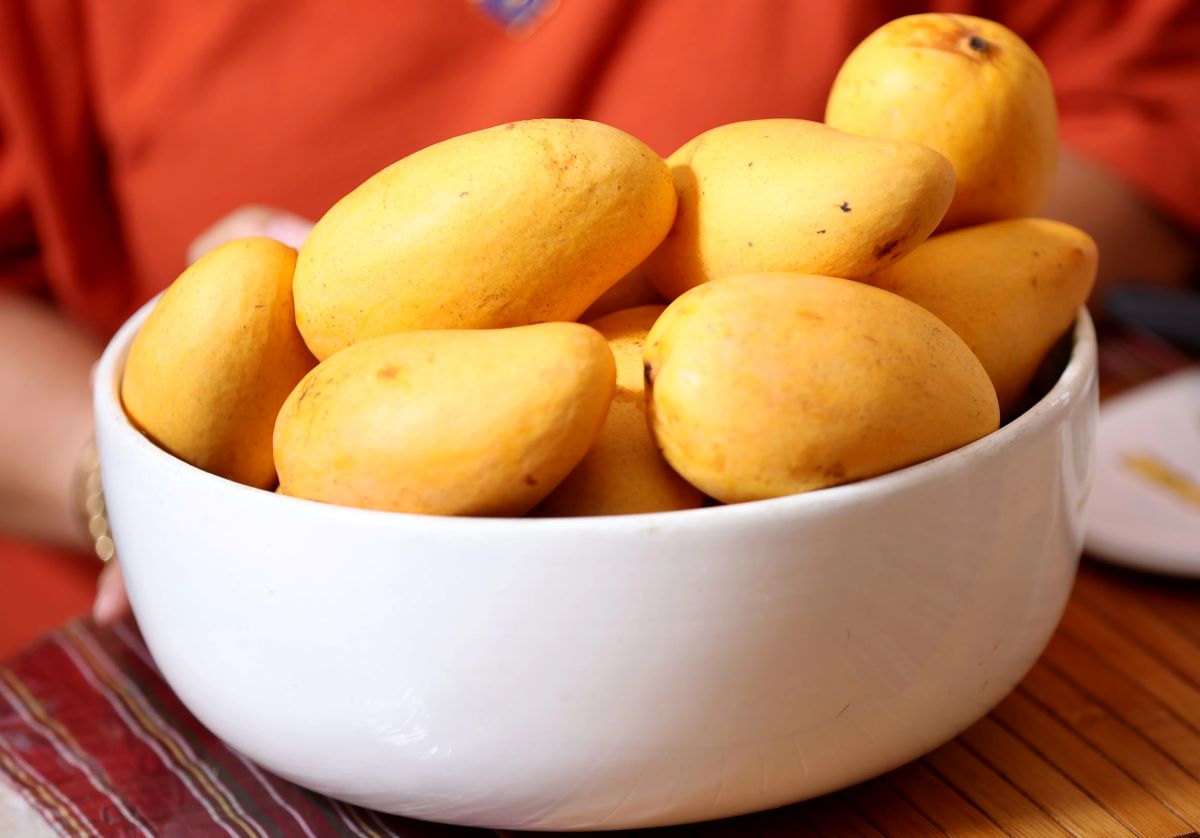
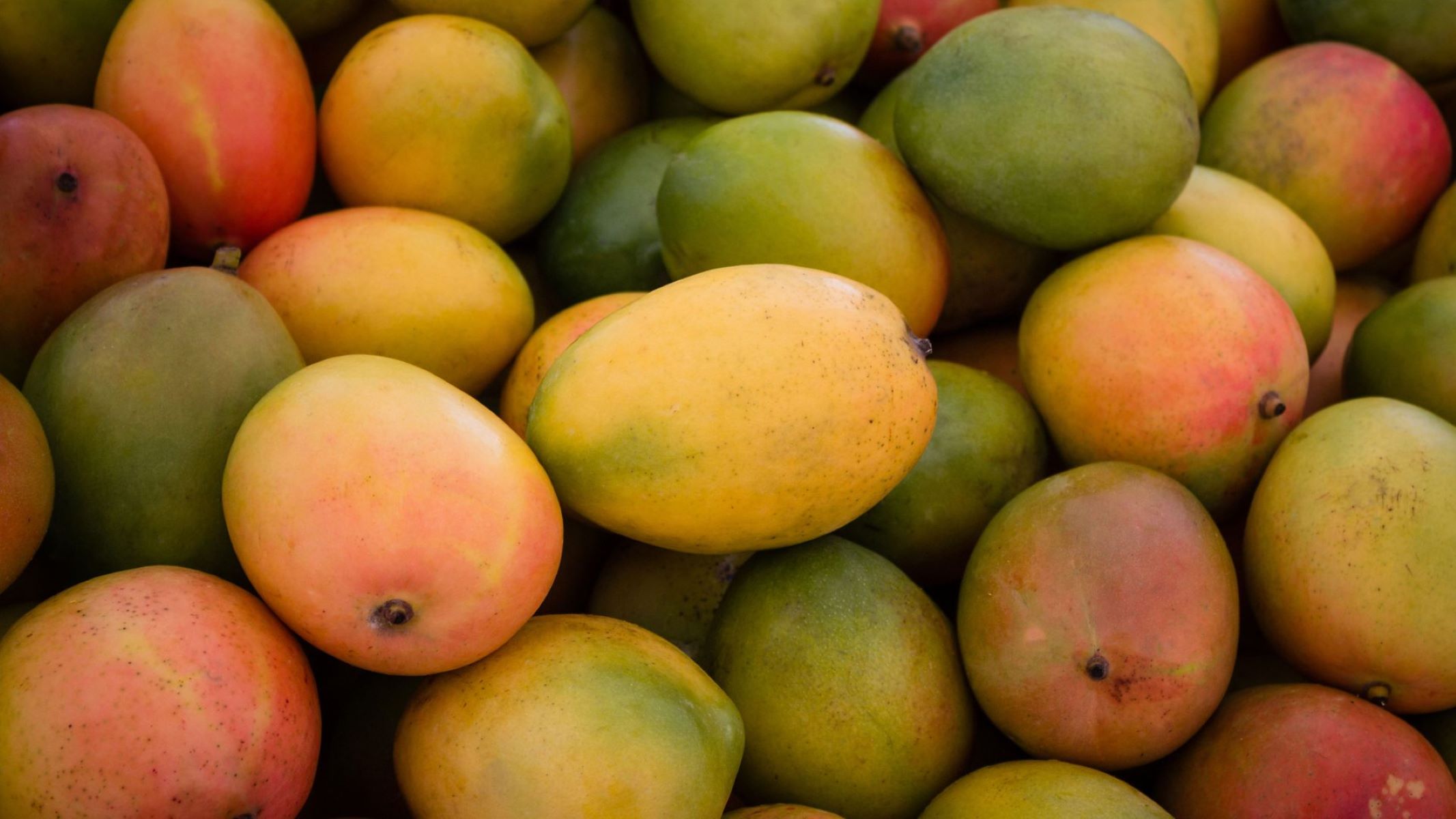
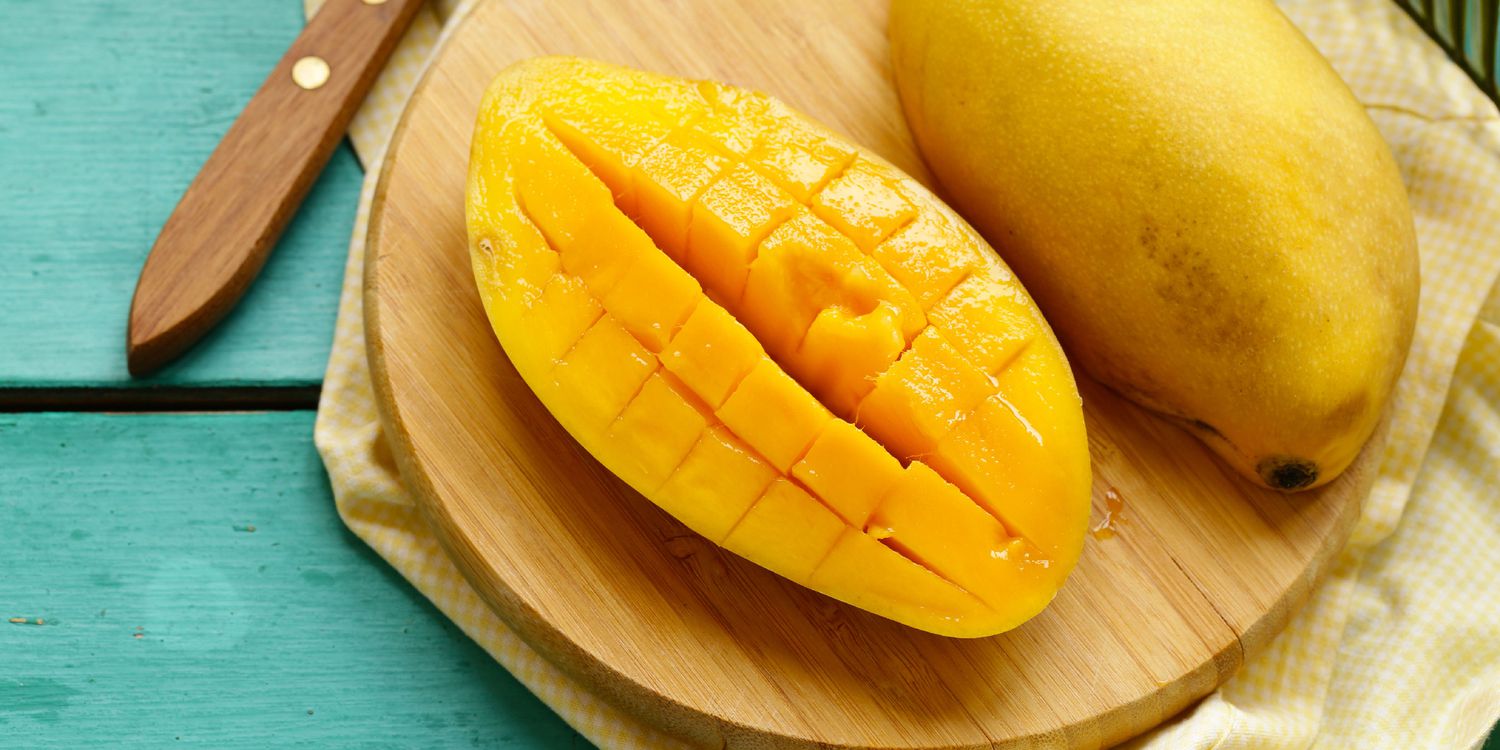
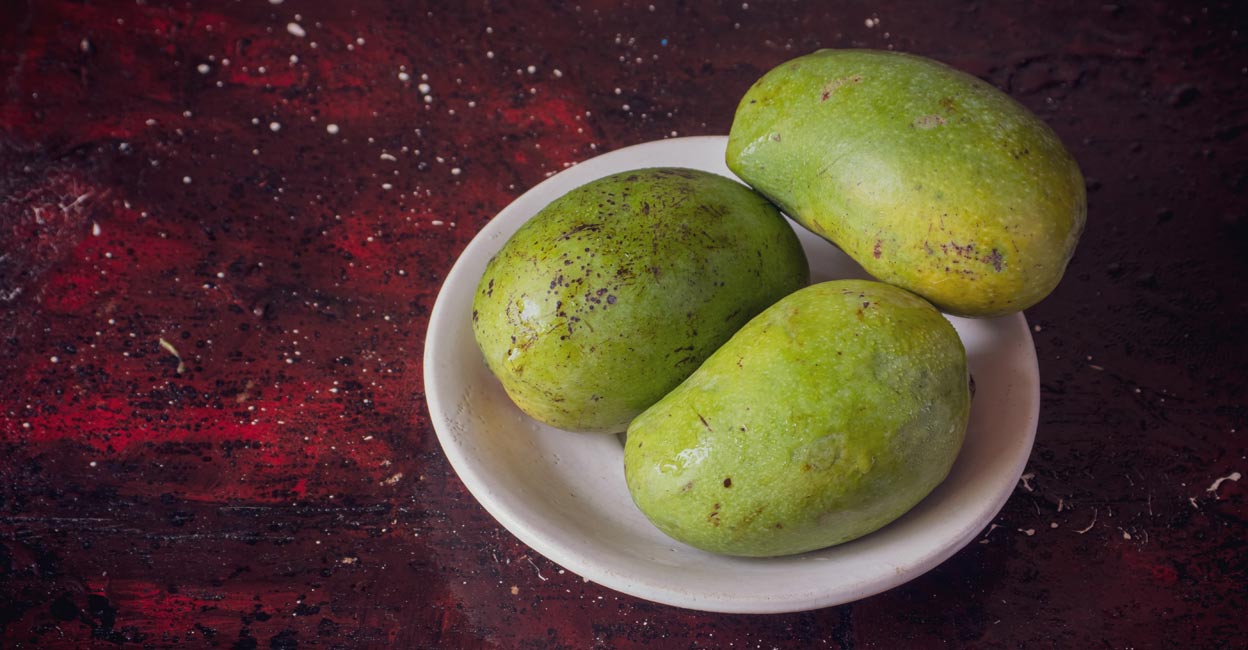
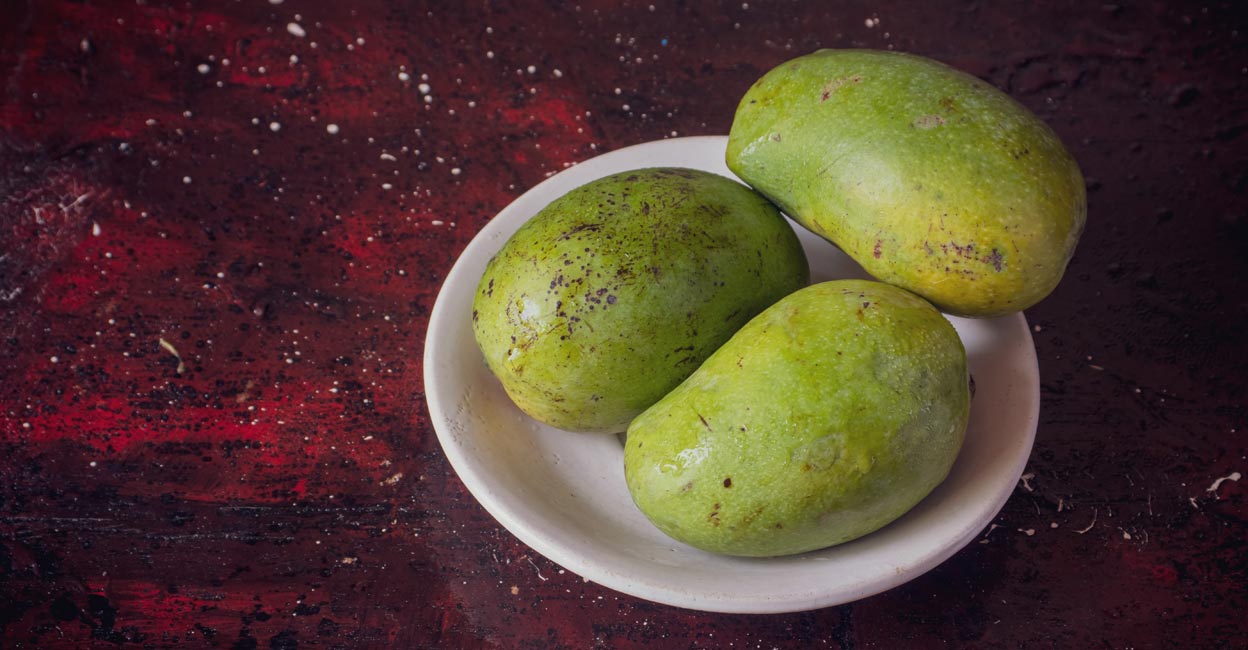
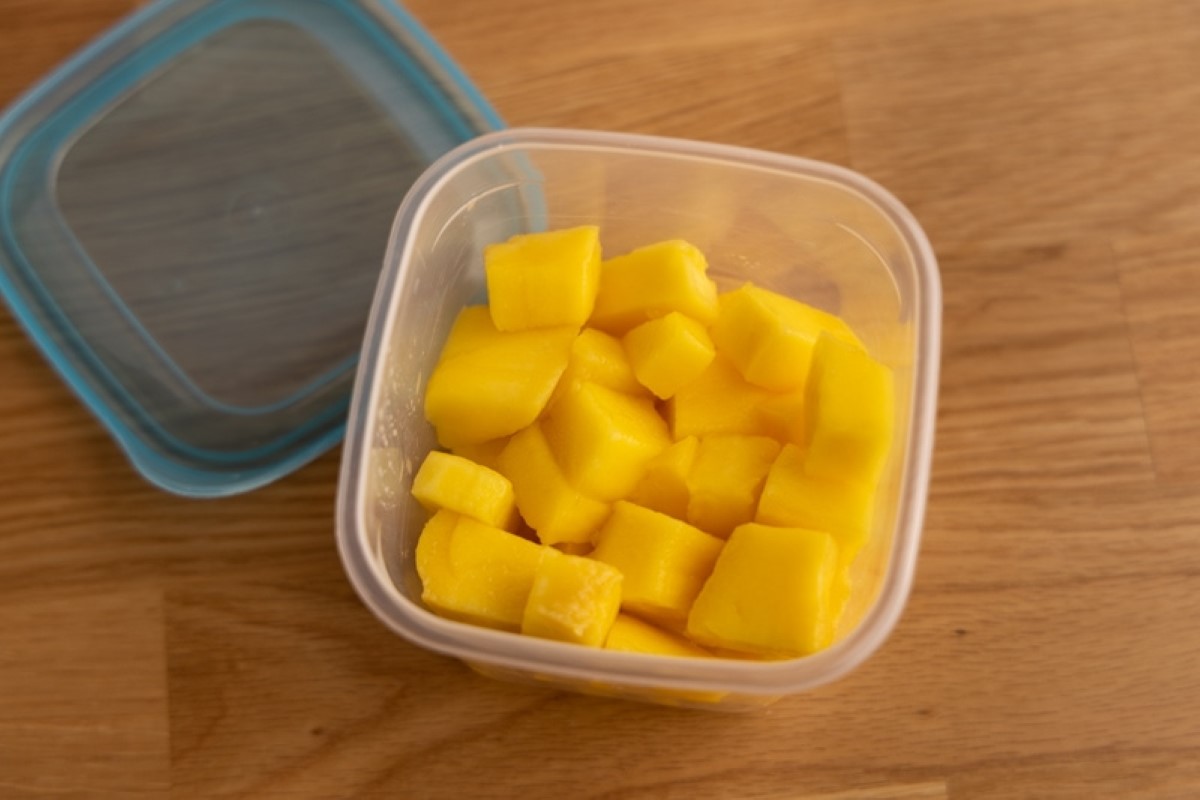
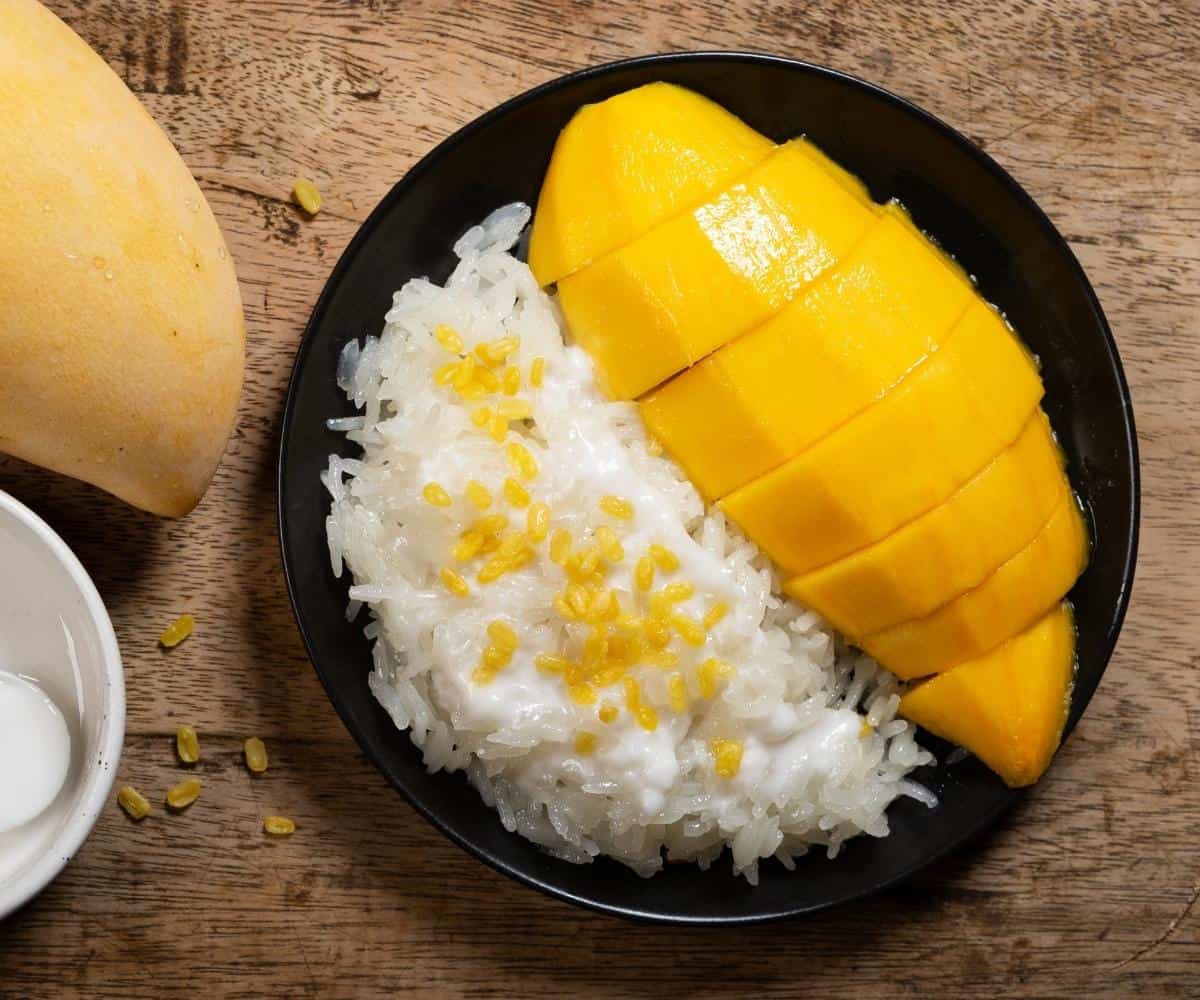

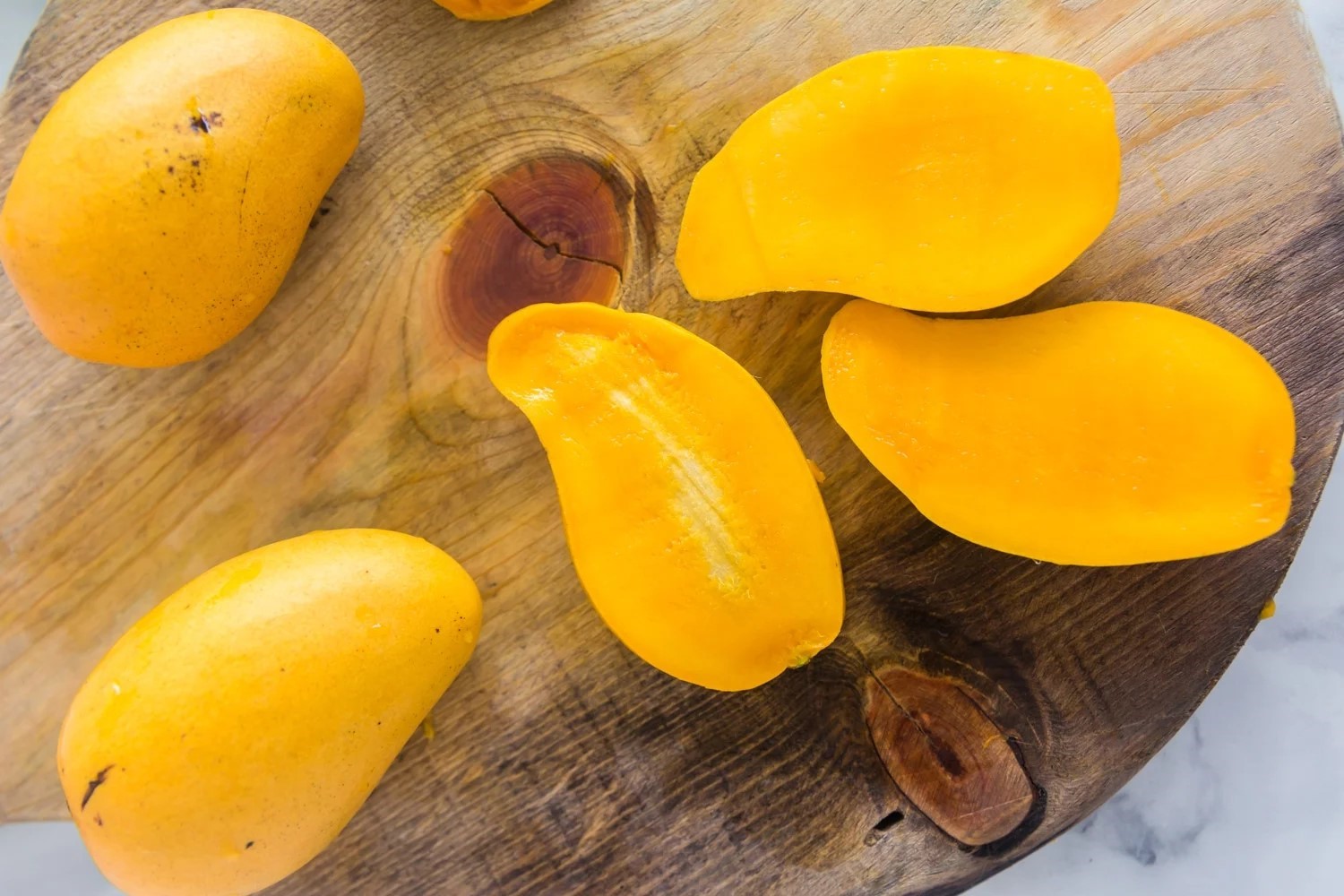
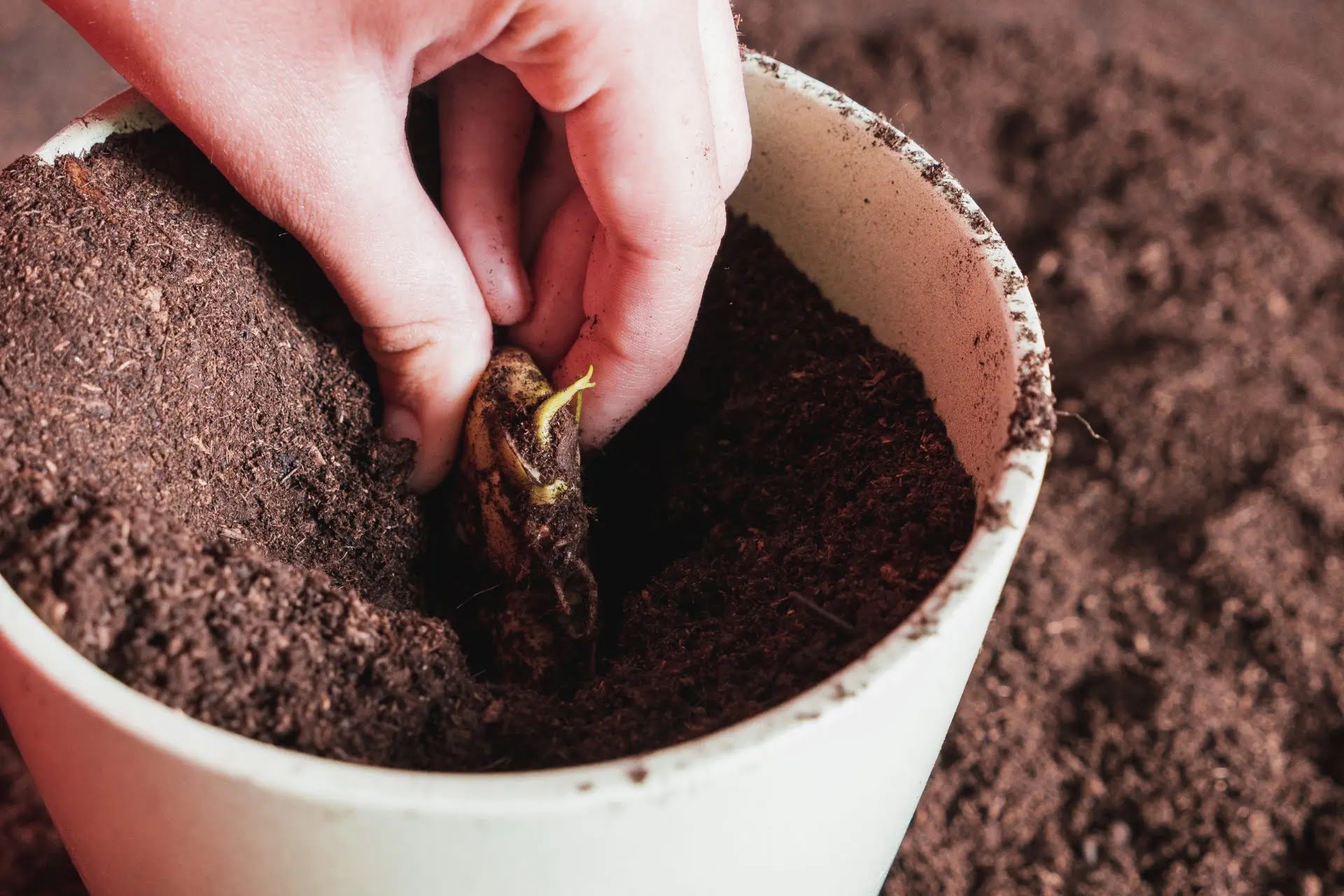
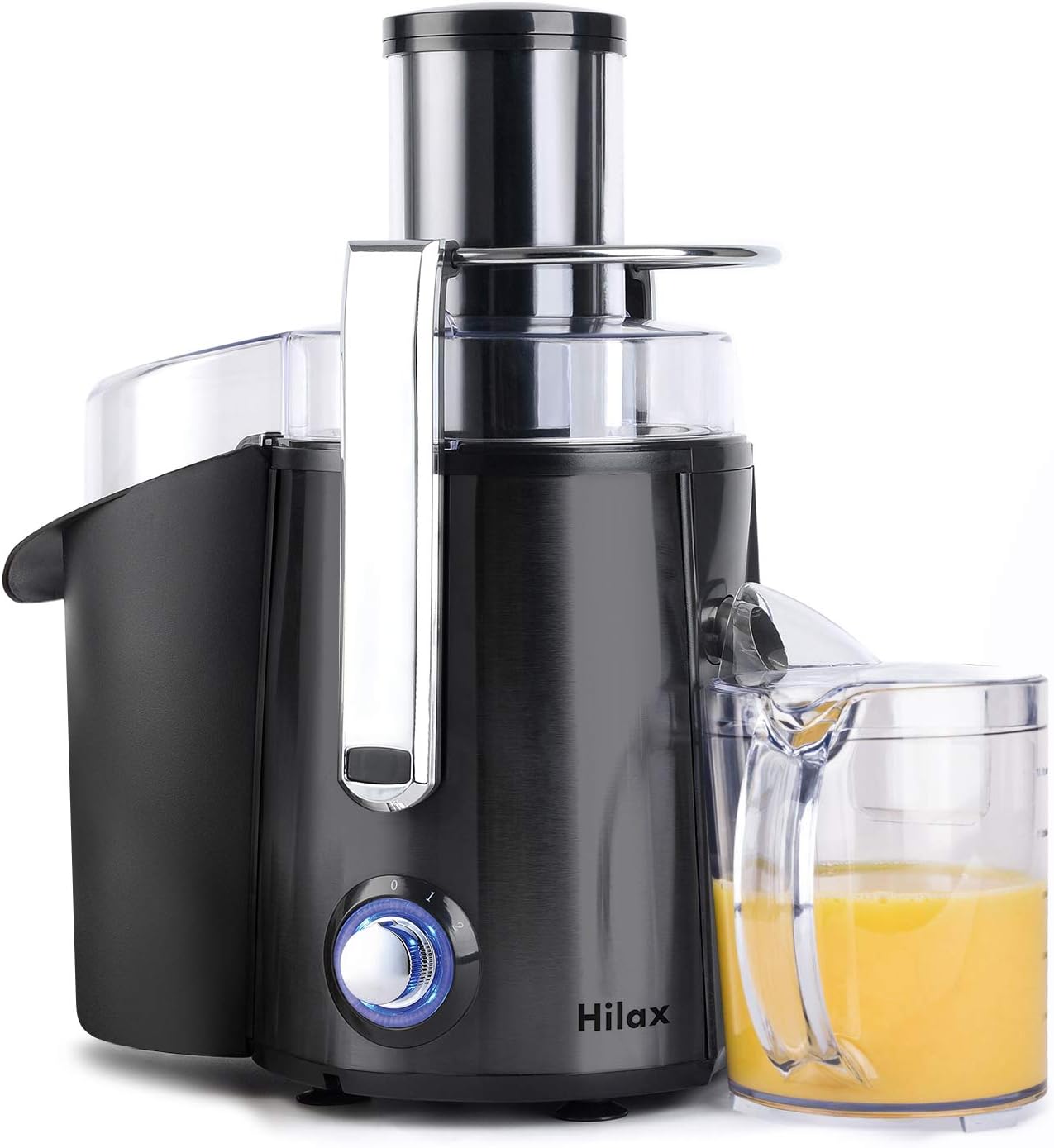

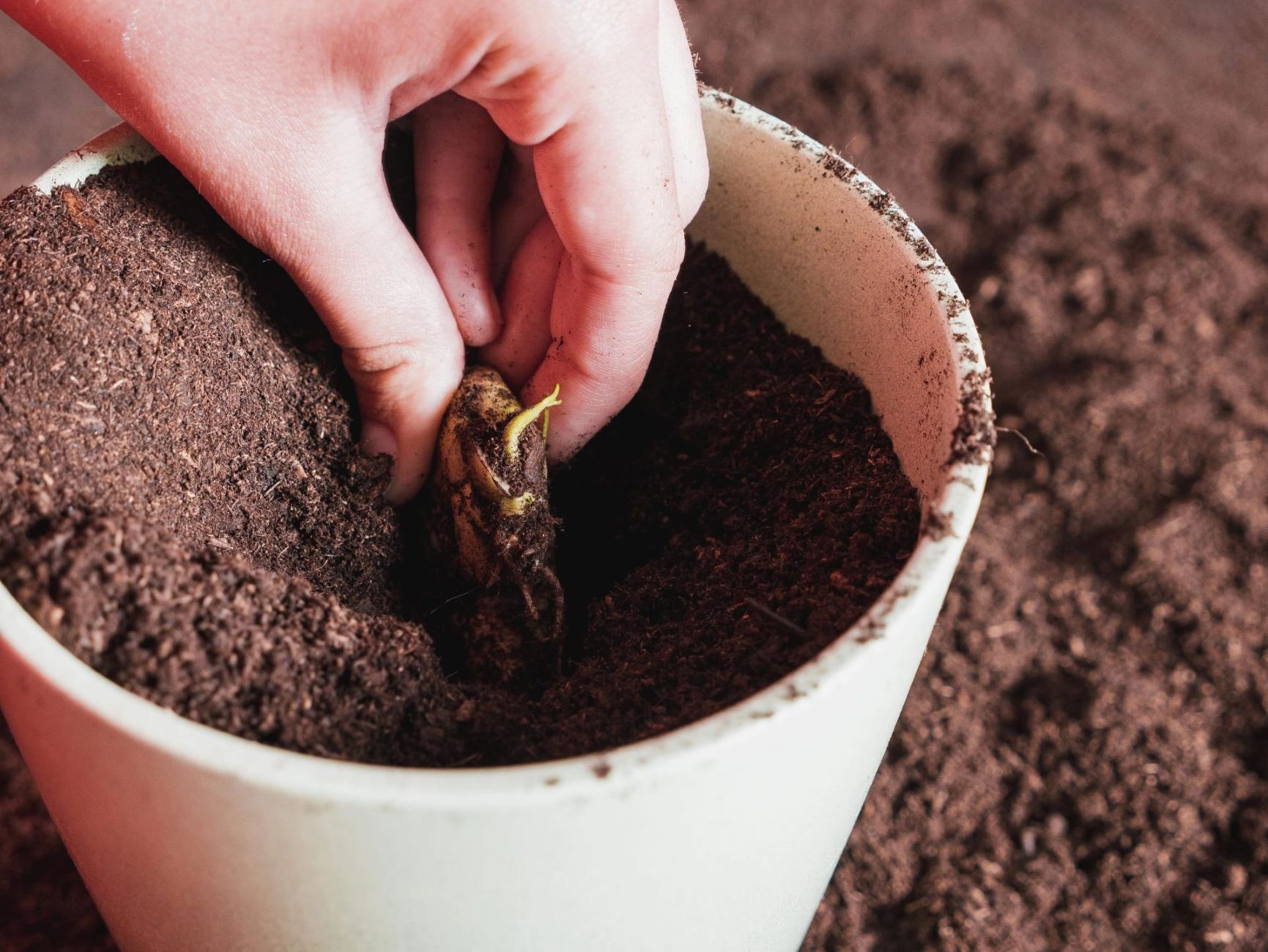


0 thoughts on “How To Store Mangoes”